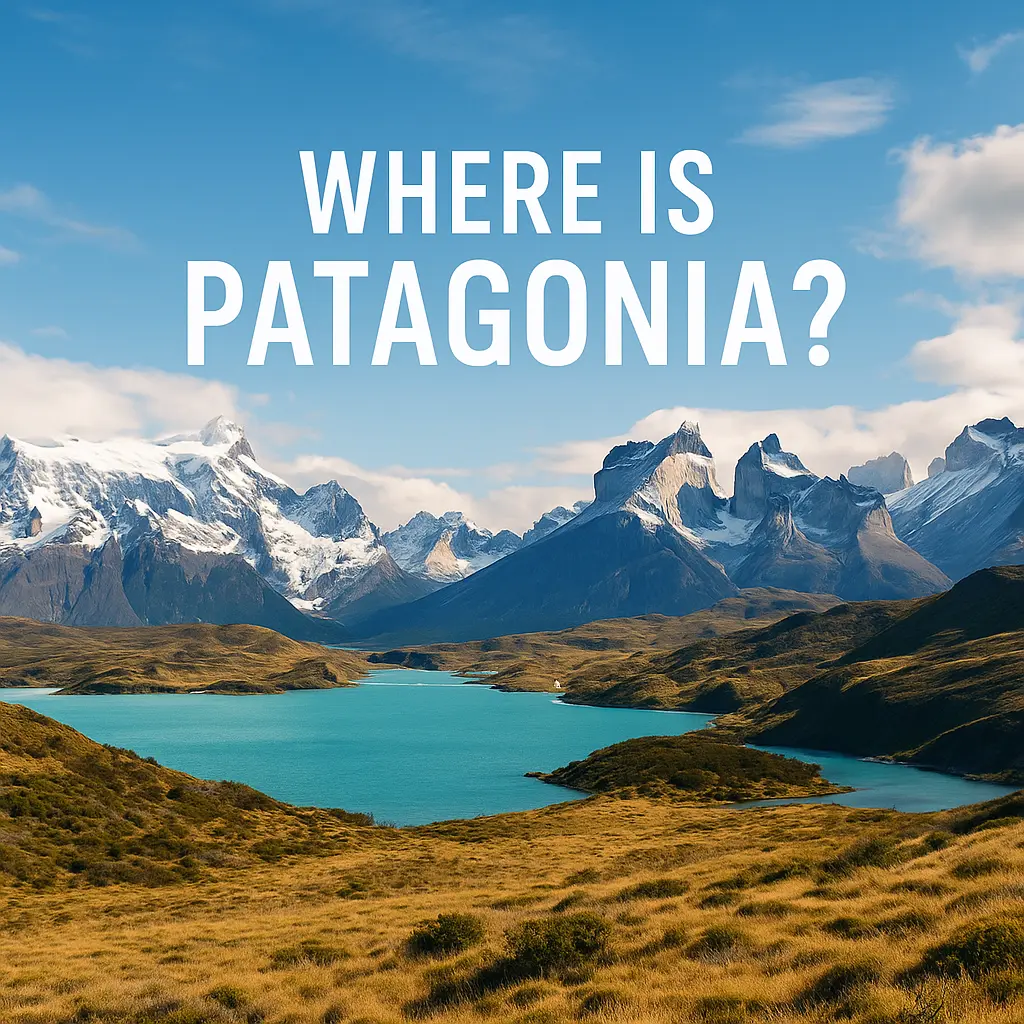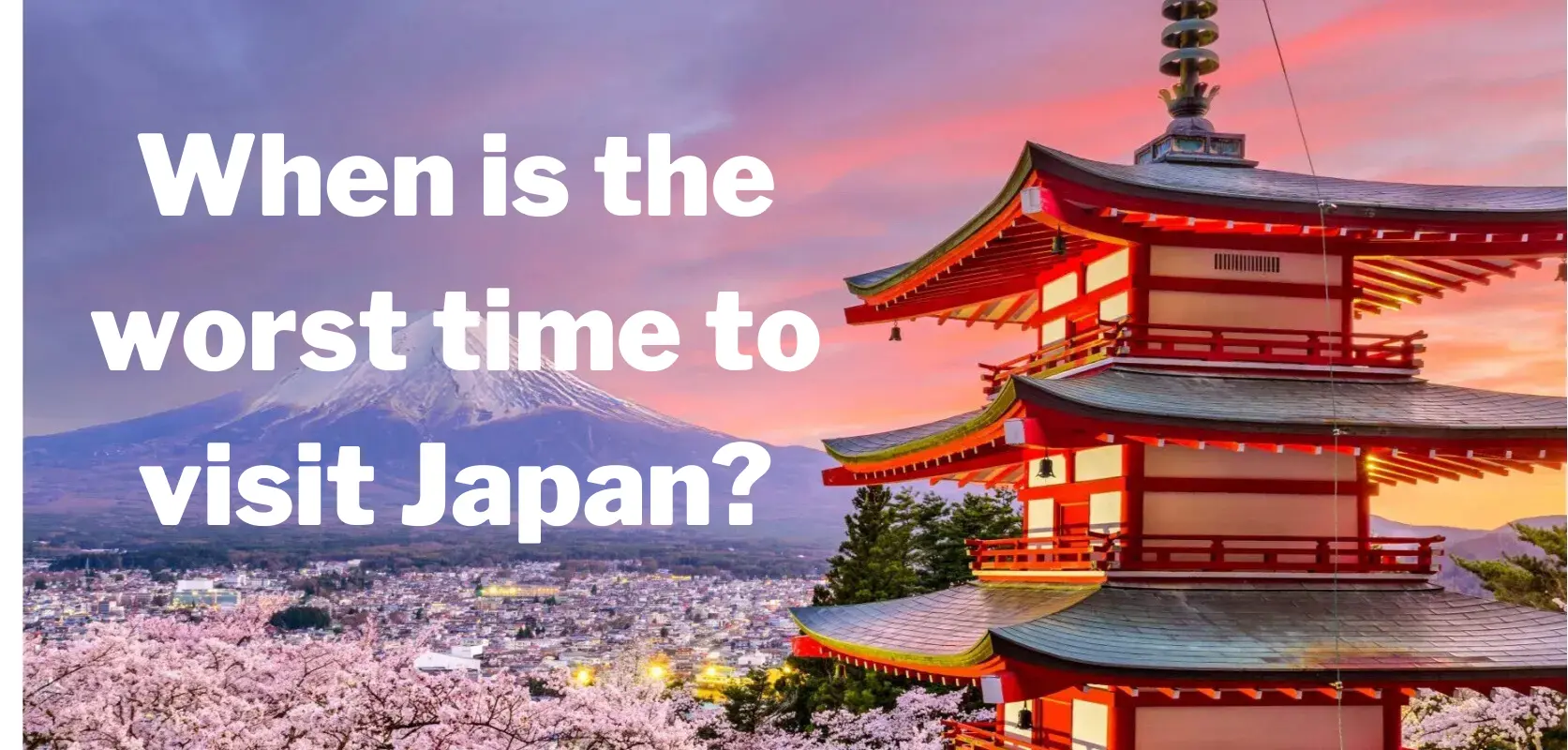
Patagonia boasts wild beauty, breathtaking landscapes, and rugged terrain. This vast region, spanning parts of Chile and Argentina, is home to some of the most stunning natural wonders on Earth. But where is Patagonia, and what makes it so extraordinary? This article explores the geography, climate, attractions, and cultural significance of this remarkable destination.
The geographical location of Patagonia
Divided between Argentina and Chile, Patagonia is found in southern South America. From the Colorado River in Argentina and the Bío Bío River in Chile to the southernmost point of the continent, it crosses wild waters of the Southern Ocean.
- Northern boundary – Patagonia starts in Chile close to the Bío Bío River; in Argentina, it starts at the Colorado River.
- Southern boundary – Tierra del Fuego, Cape Horn, and South America’s southernmost tip form the southern limit.
- Size and scale – Covering around 1,043,000 square kilometres, Patagonia is bigger than numerous nations including Germany and France taken together.
A land of diverse landscapes
Patagonia is well-known for its range of sites, which comprises:
- Towering mountains – The Andes Mountains span Patagonia and create an exquisite natural boundary separating Argentina from Chile.
- Glaciers and ice fields – Other than Antarctica, Grey Glaciers and Perito Moreno are among the biggest ice fields and glaciers in the region.
- Rolling steppe plains – Mostly found in Argentina’s Patagonia, the windswept grasslands that make up the Patagonian steppe define the area.
- Dense forests – Rich, temperate rainforests bursting with ancient trees and varied species abound in Chilean Patagonia.
- Fjords and coastal landscapes – Chile’s fjords and inlets offer amazing, rocky beaches rich in marine life.
Climate and weather patterns
Patagonia’s spectrum of climatic conditions is significantly influenced by its topography.
- Western Patagonia (Chile) – Chile, a Western Patagonia The intense rain of the Pacific Ocean generates fjords and rich tracts of vegetation.
- Eastern Patagonia (Argentina) – Arid steppe lands produced by the Andes’ rain shadow.
- Southern Patagonia – As one gets towards Antarctica, Southern Patagonia sees subpolar weather, which produces lower temperatures and higher winds.
- Summer vs winter – Although adventurers find snow in the winters (June–August), Patagonia’s mild summers (December–February) are ideal for trekking and exploration.
Key attractions in Patagonia
Environmentalists and explorers would find the ideal place at Patagonia. Among its most loved attractions are:
1. Torres del Paine National Park (Chile)
With breathtaking heights, blue lakes, and a varied spectrum of life including condors and guanacos, Torres del Paine is a hiker’s paradise. Popular treks are the W Trek and the whole O Circuit.
2. Perito Moreno Glacier (Argentina)
Among Los Glaciares National Park’s few fast-growing glaciers is this one. To have a unique perspective of this frozen beauty, visitors can boat trips or cross the ice.
3. Ushuaia – The End of the World (Argentina)
Opening access to Antarctica, Ushuaia is the southernmost city on Earth. Adventure activities including skiing, hiking, and boat tours across the Beagle Channel let visitors see sea lions, penguins, and even whales.
4. The Carretera Austral (Chile)
Across Chilean Patagonia, a great route winds to isolated lakes, glaciers, and woods. For road trip enthusiasts and off-the-beaten-path adventurers, this is a must-drive trail.
5. The Lake District (Argentina & Chile)
Its beautiful lakes, snow-capped volcanoes, and little towns like Bariloche and Puerto Varas enable great water activities, hiking, and relaxation in this region.
The people and culture of Patagonia
The deep respect for the surroundings, European influence, and indigenous background constitute Patagonian culture.
- Indigenous heritage – Originally Patagonian residents with their own language and culture were the Mapuche, Tehuelche, and Selk’nam people. Local art, music, and handicaps still carry many of their cultural inspirations still.
- Gaucho culture – Patagonia’s Argentine side is well-known for its gauchos, or cowboys, who round out livestock over the huge steppe grasslands. Well-known is their skill in riding horses and their classic outfit, which calls for ponchos and wide-brimmed hats.
- European influence – Welsh immigrants, especially from Chubut, Argentina, left a clear cultural impact when they settled in Patagonia in the nineteenth century. There are townships like Trelew and Gaiman, which offer the visitors unique Welsh tea houses as a way to preserve the heritage of Wales.
- Culinary traditions – Food – Grilled lamb (cordero asado), king crab, and the famous Chilean curanto, a stew of fish and meat, are some of the culinary traditions of Patagonia. Argentine Patagonia is also famous for its high-quality wines, especially from the regions of Neuquén and Río Negro.
Why Patagonia is a must-visit destination
Many people’s bucket lists involve Patagonia for several different reasons.
- Adventure opportunities – Among the several outdoor pursuits Patagonia provides are kayaking, wildlife viewing, hiking, and glacier walking.
- Untouched wilderness – One of the last great wildernesses of the planet, untainted wilderness features wide, undisturbed scenery.
- Unique wildlife – Patagonia, home of penguins, whales, pumas, and guanacos, is the wildlife lover’s dream come true.
- Astounding photography – From sharp mountain summits to vast ice fields and pristine lakes, the amazing landscape offers some of the best shooting possibilities available worldwide.
- Rich cultural history – Together, Patagonia’s indigenous roots, European colonies, and gaucho traditions create a unique cultural blend that highlights its beauty.
Conclusion
Raw beauty, dramatic contrasts, and a great environment abound in Patagonia. This one-of-a-kind location presents an adventure unlike any other, regardless of your interests, beautiful glaciers, great mountains, or rich cultural legacy. One of the most amazing sites on Earth, Patagonia is just waiting for exploration. If you visit Patagonia, get ready for an experience unlike any other—full of breathtaking scenery, once-in-a-lifetime events, and an enduring relationship with the land.





